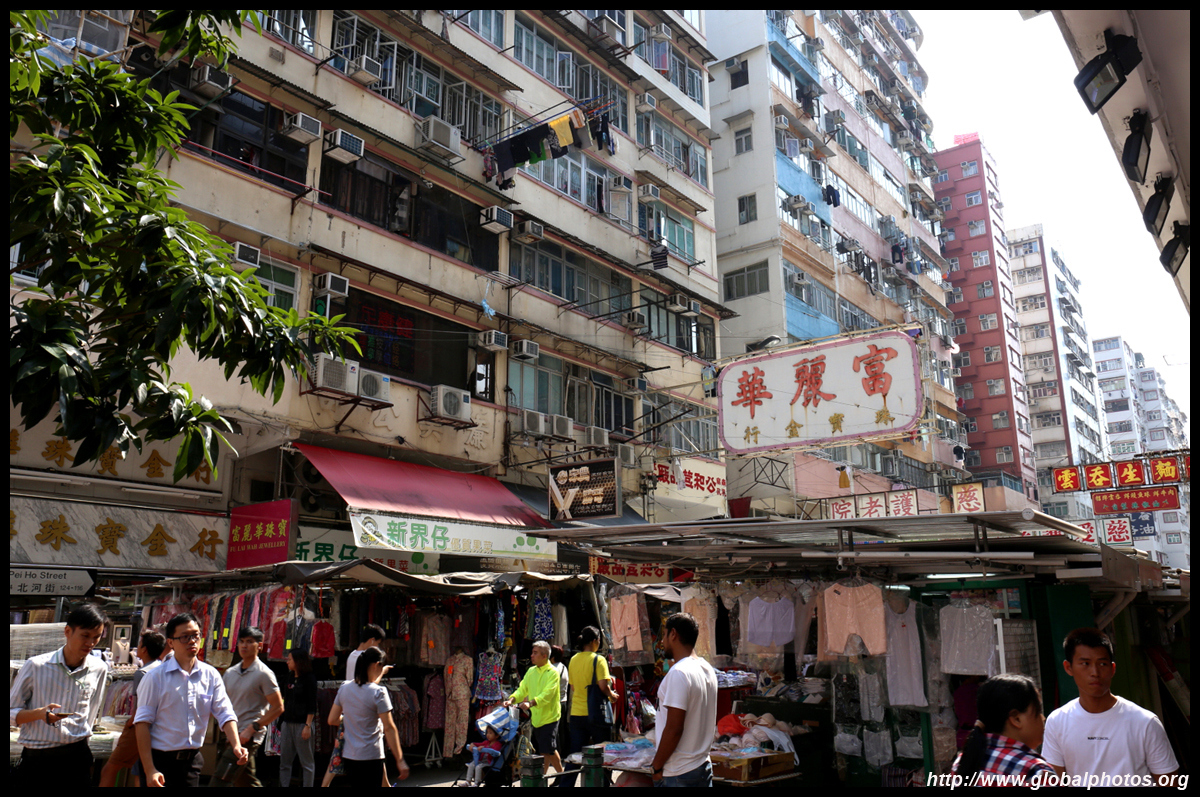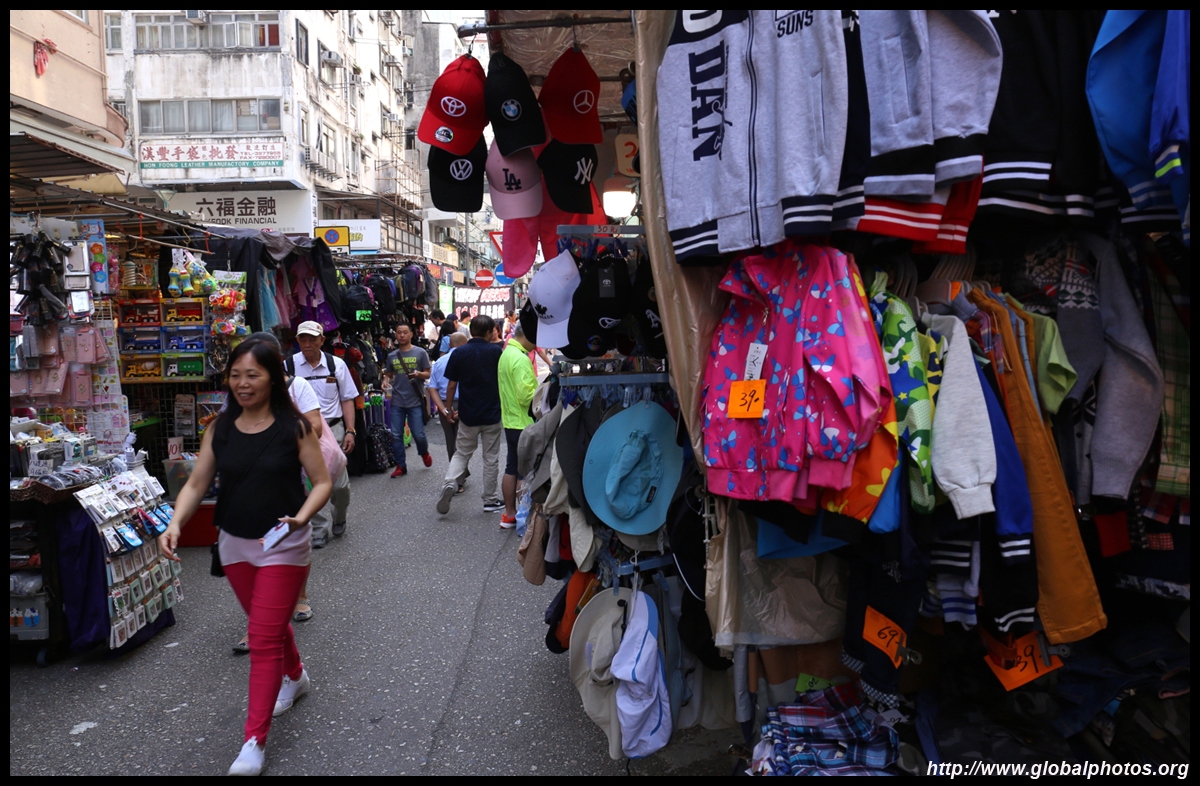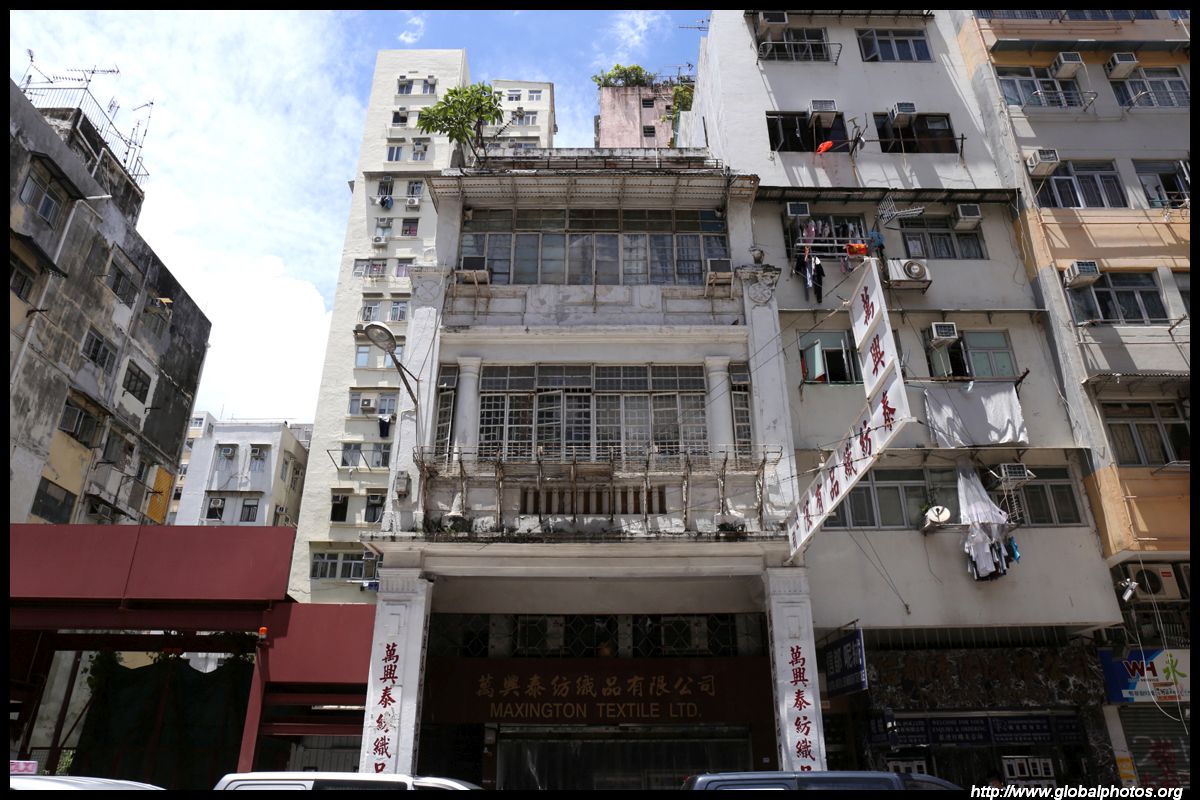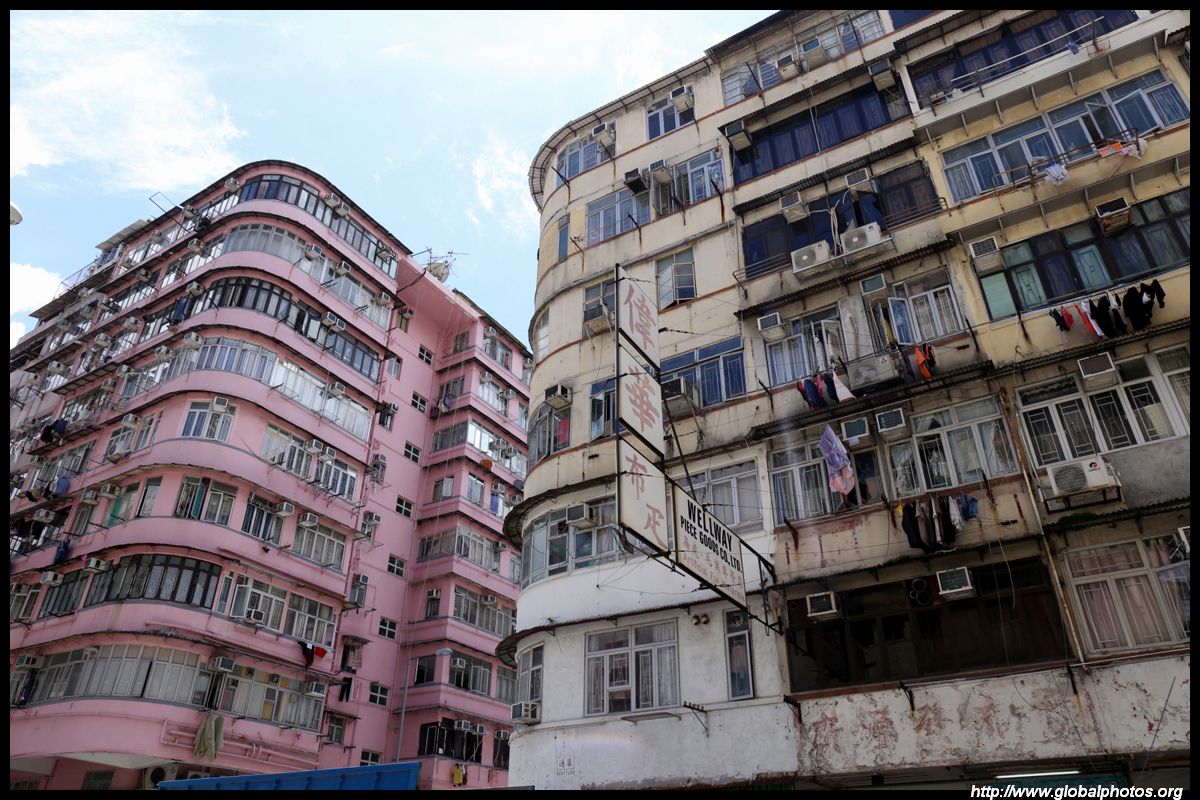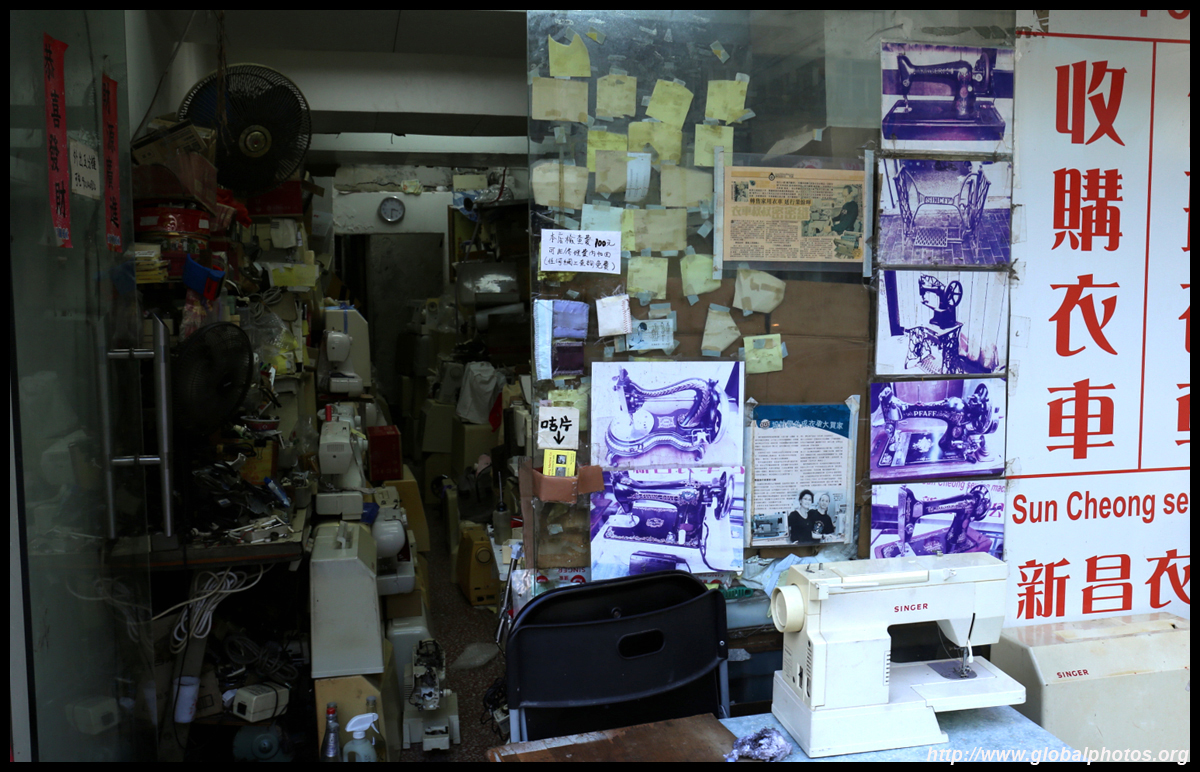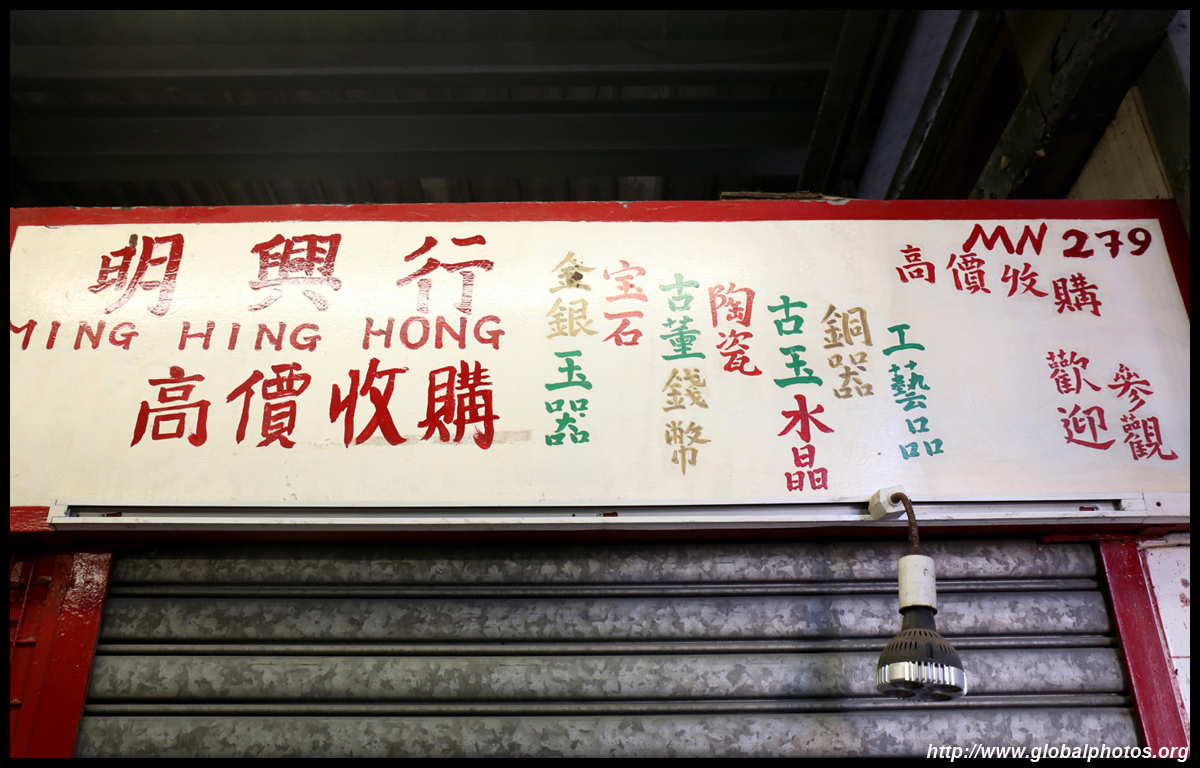Hong Kong Sham Shui Po Photo Gallery

Sham Shui Po has historically been among the city's poorest districts, with 1 in 4 residents living below the poverty line despite its prime location on the MTR line. Home to many new immigrants, ethnic minorities, and the elderly who are trying to make their ends meet, this part of town was a major garment centre from production to retail in the 1970s. Many of the factories have since left across the border, although the wholesalers are still around.
However, some plots are being progressively redeveloped and sold at sky-high prices. At the same time, the cheaper old buildings are being subdivided into smaller but more affordable living spaces, cramming a unit where once a family once lived into 3-4 smaller rooms rented out individually.
| |||

|

|

|

|

|

|

|

|

|

|

|

|

|
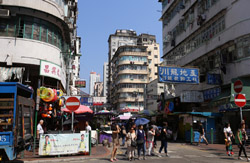
|

|
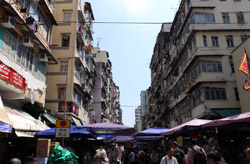
|
Several streets are full of shops and street markets selling everything from toys, wholesale fabrics, remote controls, to travel sim cards. Kwan Kee Store is mentioned in the Michelin guide for its traditional Chinese desserts in a street food setting. It opened in the 1960s and is famous for its black sesame pudding, steamed sponge cake, and put jai go.
These outdoor markets tend to offer cheaper prices than their air-conditioned mall counterparts.
| |||

|

|

|

|

|

|

|

|

|

|

|
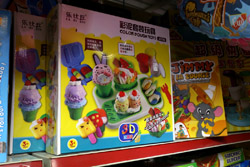
|
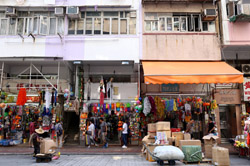
|

|

|

|

|

|

|
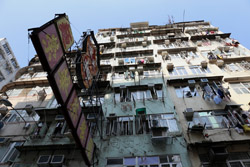
|
Kung Wo's history dates back to 1893 and is famous for its soy products. The owner's children sold in 1996 ahead of their immigration to a family friend, who has kept the shop's traditions. The current location opened in 1967 with a menu whose prices match the area's more working class atmosphere.
| |||

|

|
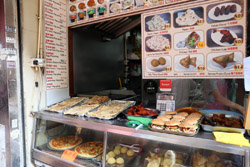
|

|

|
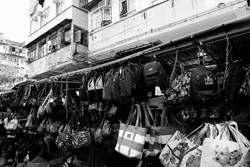
|

|

|

|

|
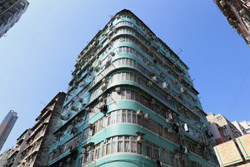
|
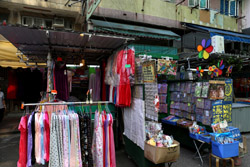
|
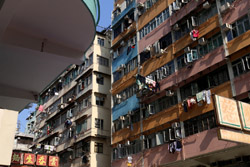
|

|

|

|

|

|

|

|
| |||

|

|
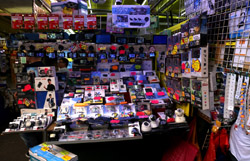
|

|

|

|

|

|

|

|

|
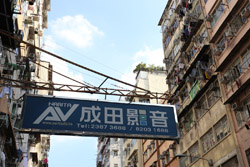
|

|

|
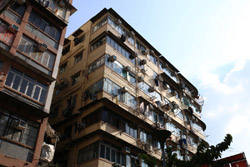
|

|

|

|

|

|
| |||

|
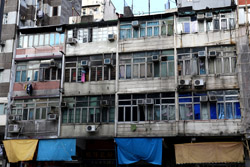
|

|

|

|

|

|

|

|

|
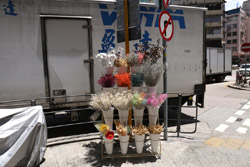
|

|

|

|

|

|

|

|
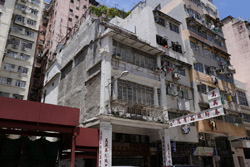
|

|
| |||

|

|

|

|

|

|

|

|

|

|

|

|

|

|

|

|

|
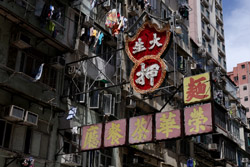
|

|

|
| |||

|

|

|

|

|

|
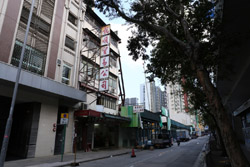
|

|

|

|
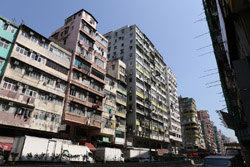
|

|

|

|

|

|
Despite some bustling market streets, the Tung Chau Street Temporary Market looks quite dead, including its Jade Market. Many buildings have closed for good except 2 for selling jade.
| |||

|

|

|

|

|
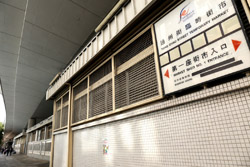
|

|

|

|

|

|

|

|

|

|

|
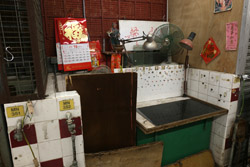
|

|

|

|
| |||






